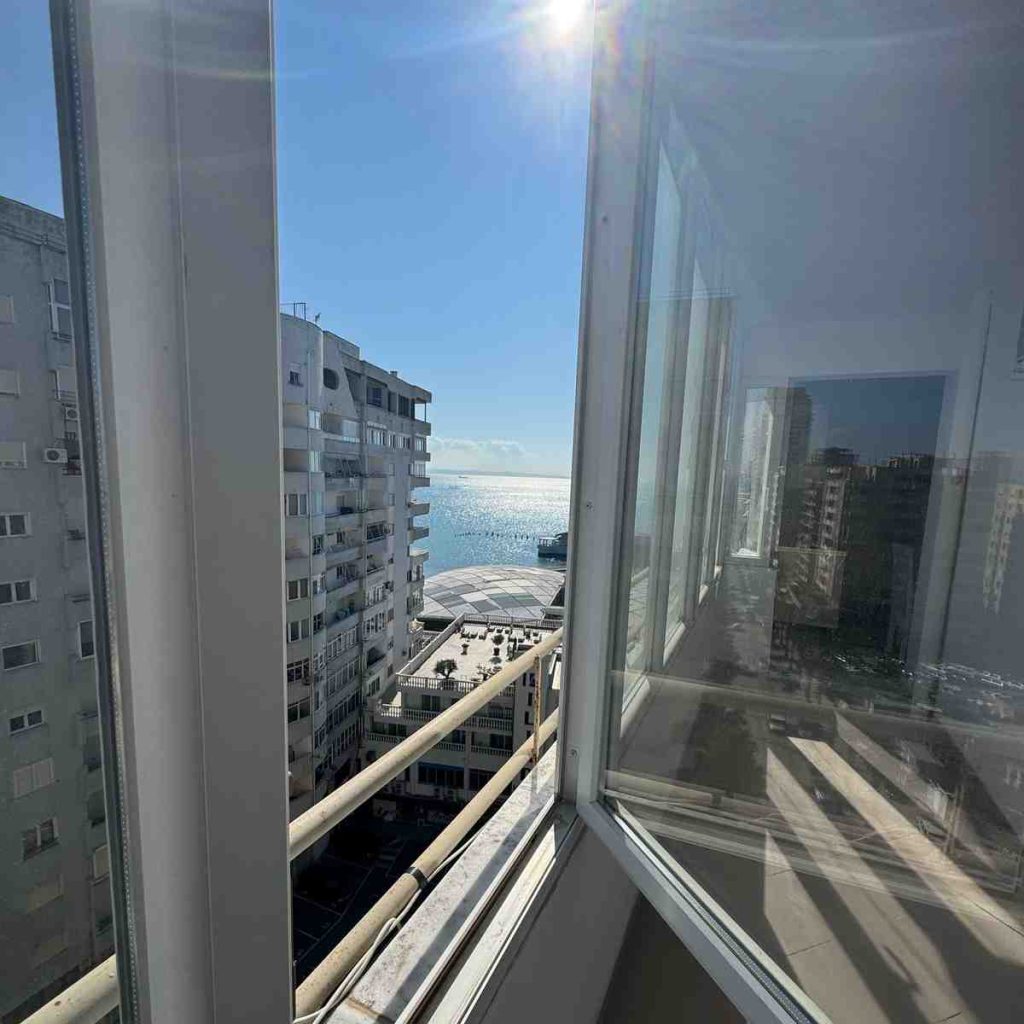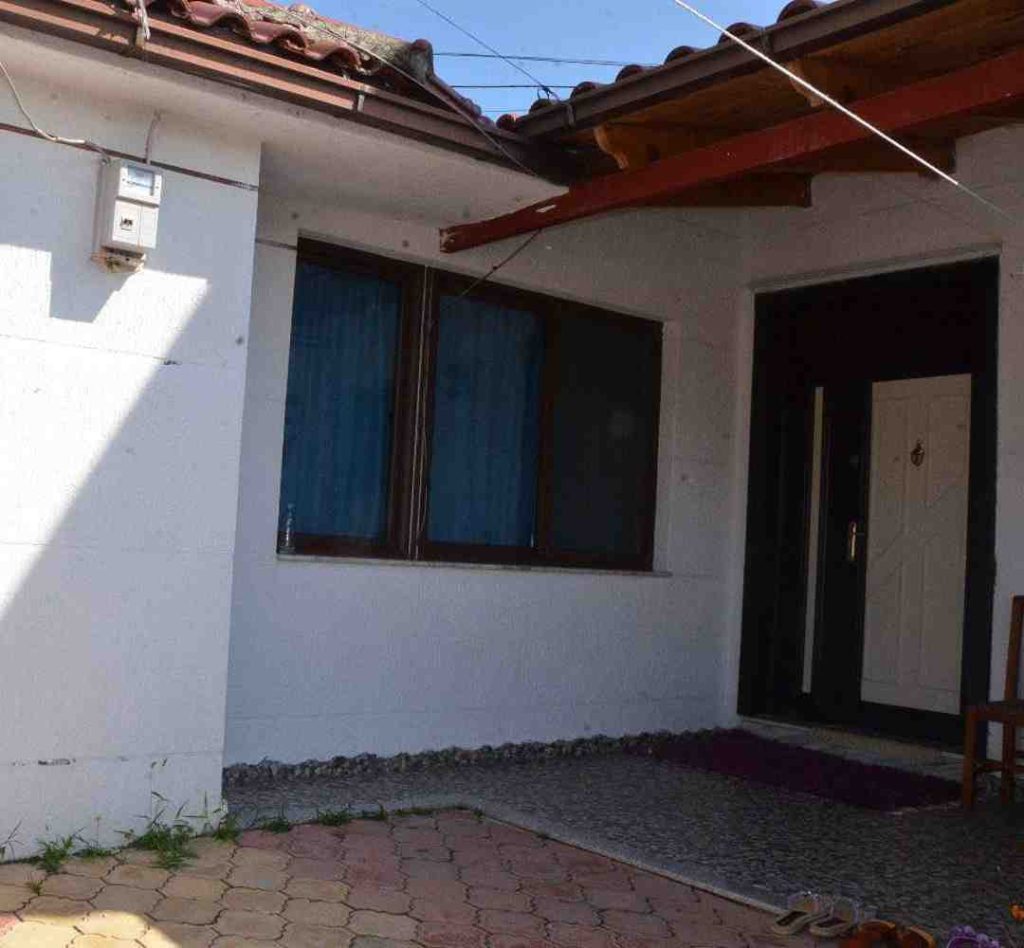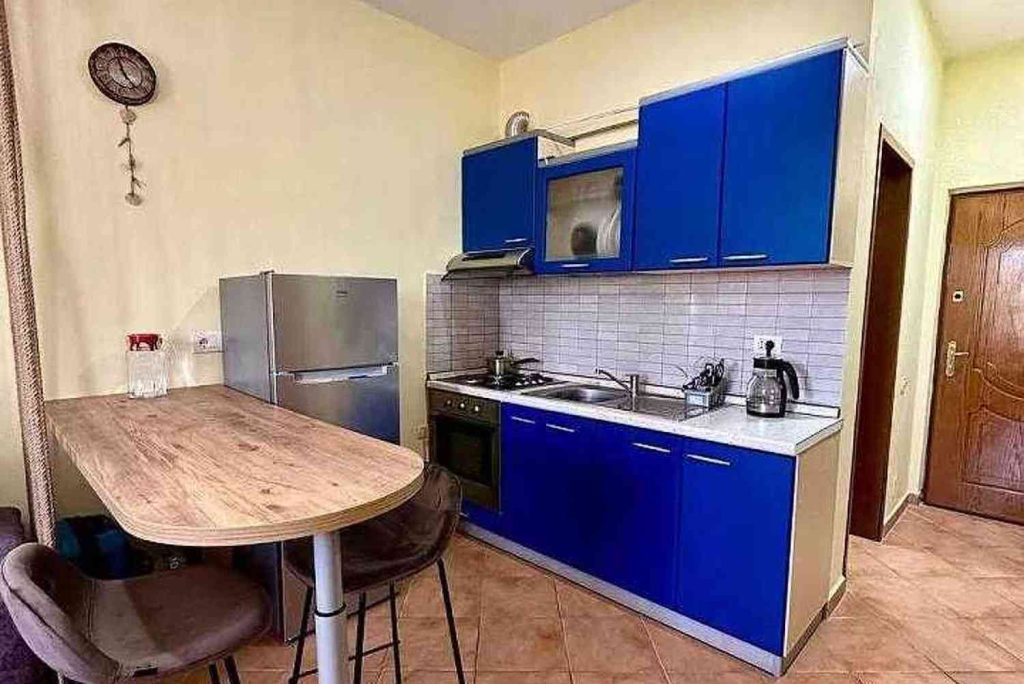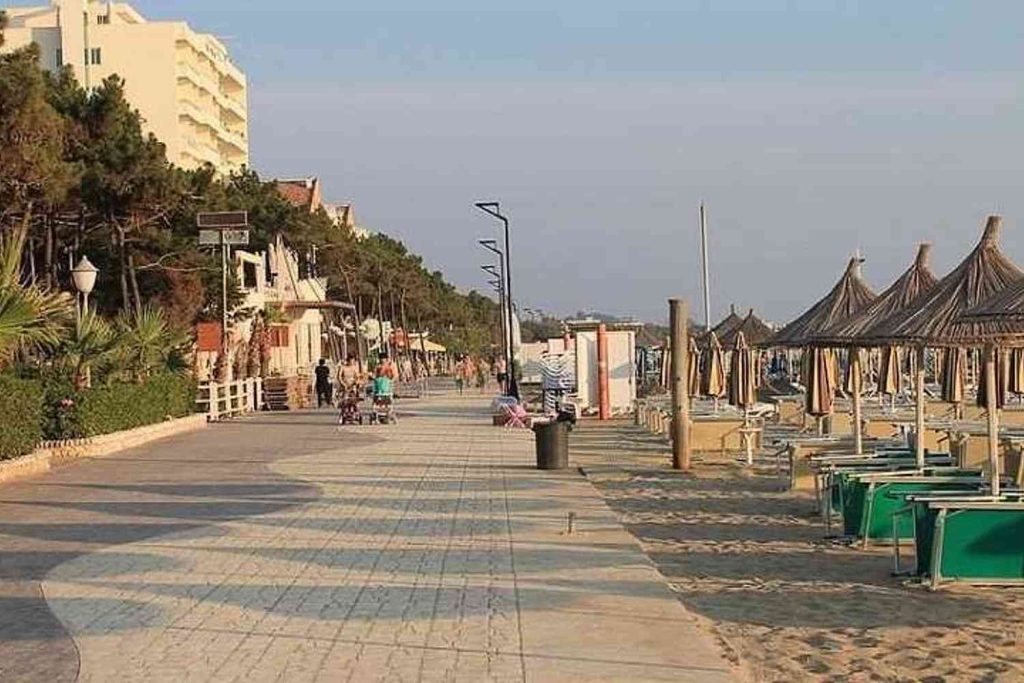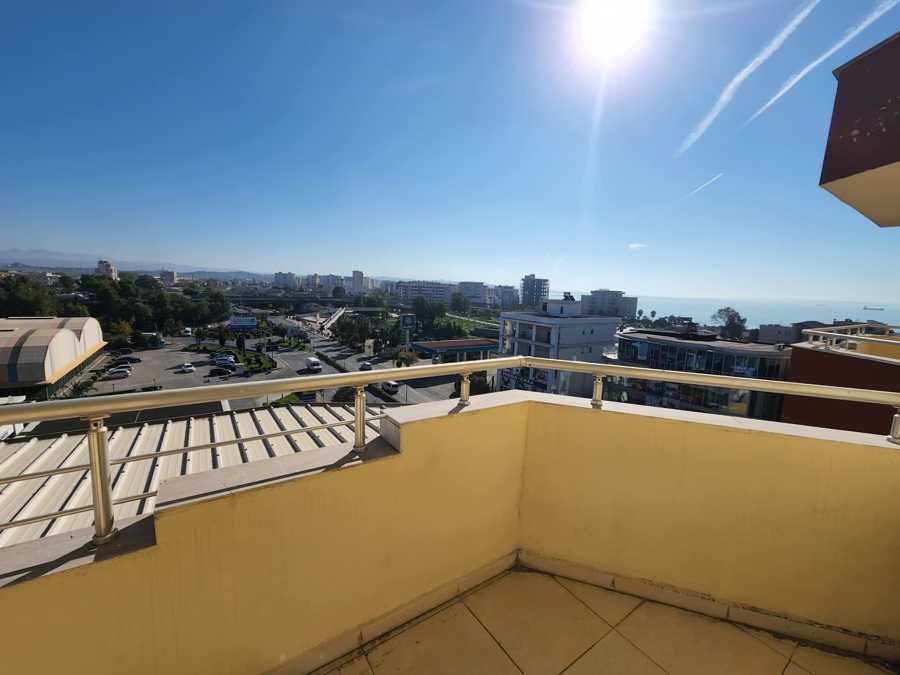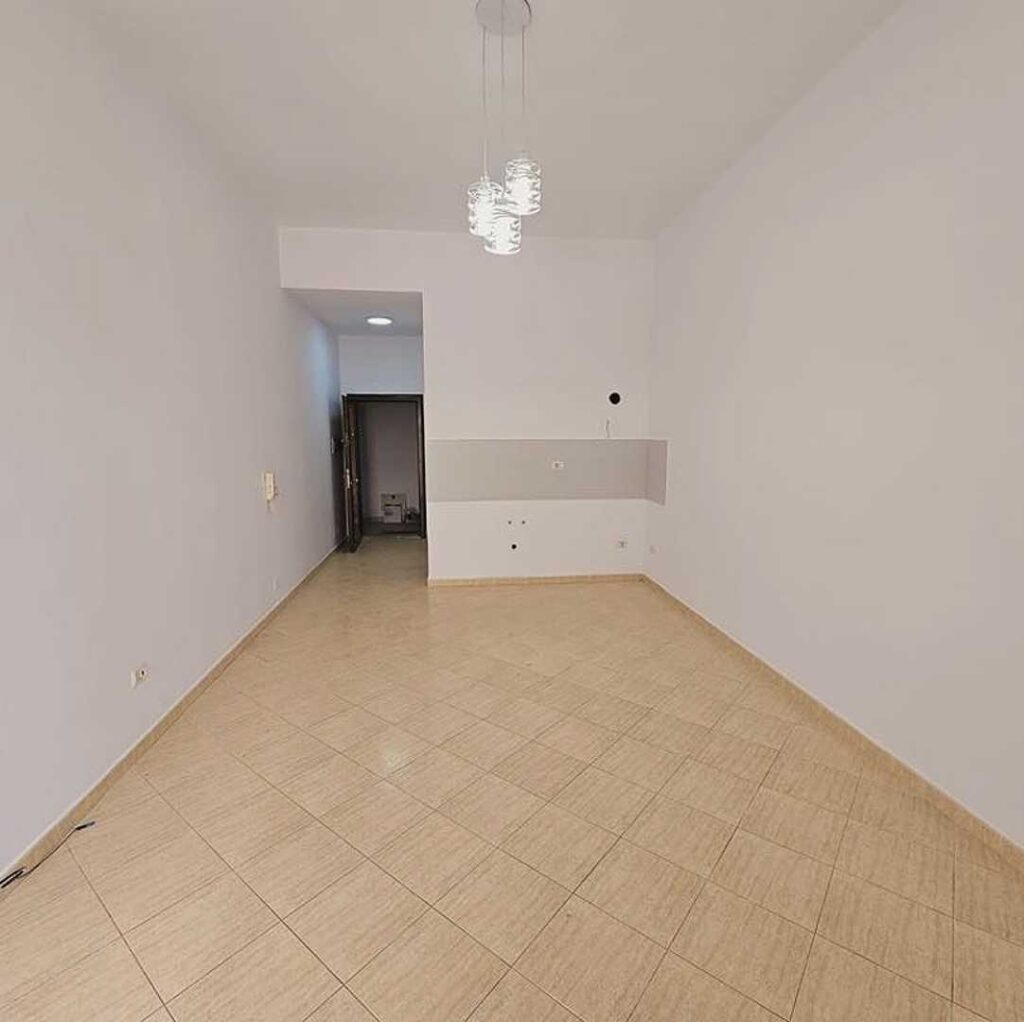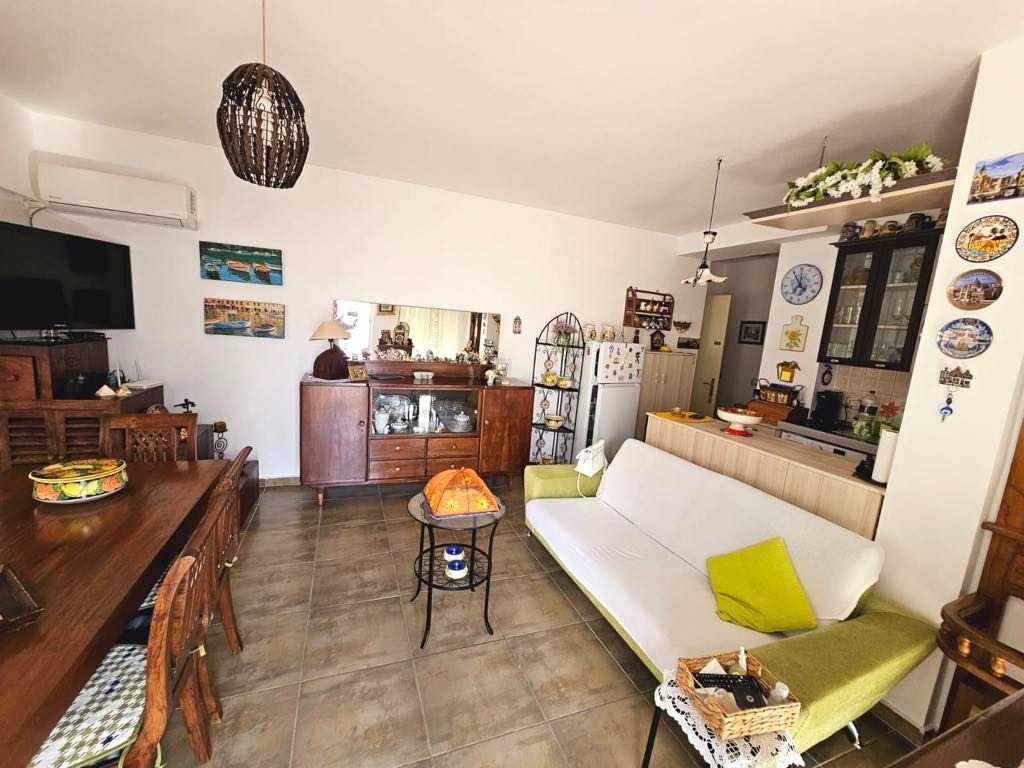Argirokastro (various versions of the city’s name are known) is a city located in southern Albania with a population of approximately 43,000 people. It is a historical region of Epirus, the capital of the district and county of Argirokastro. It is an ancient city that is listed as a «World Heritage Site» as «a rare, well-preserved Ottoman city built by peasants with rich land holdings.» Argirokastro is located between the Argiro Mountains and the Drino River, which is 300 m above sea level. Every 5 years, the National Folklore Music Festival is held here. Argirokastro, or Gjirokastro as Albanians call it, is the birthplace of the Albanian communist leader Enver Hoxha and the famous writer Ismail Kadare. The city has been known to historians since 1336 under its Greek name, as part of Byzantine Epirus. But historians are convinced that settlements existed on the site of Gjirokastër long before that. It is believed that the slopes of the Argiro Mountains were inhabited at least two and a half thousand years ago. The fact is that just a few kilometers from the city, archaeologists discovered the ruins of a Roman amphitheater. Of course, the amphitheater could not have been built in the middle of an open field, which means that the discovery of one such theater is equivalent to finding an entire ancient city! Nevertheless, the city was first mentioned in chronicles in 1336. In the following centuries, the city repeatedly changed its name, which reflects the change of power in this territory. At different times, the city had Greek, Albanian, Ottoman names. In 1373, Gjirokastër became the center of the Albanian principality under the ruler Ajion Zenebeshi. At this time, they began to build the first houses on the slope of the hill outside the ancient fortress. In 1417 the city was captured by the Turks and already in 1431 it became the center of the sajak.
Of particular interest are the traditional Albanian houses, decorated with wooden carvings, paintings and stucco. No less interesting is the Old Bazaar quarter, which is built entirely of stone. That is why Gjirokastër is often called the stone city «or the city of a thousand steps», because the city really does look like an endless labyrinth of narrow stone streets that are as similar to each other as two peas in a pod!
In 1847, Gjirokastër became the center of the uprising against the Turkish yoke. During the Balkan War, the city was captured by the Greek army and came under Greek control. Gjirokastër was returned to Albania in 1913, and in 1914 the city became the capital of the Autonomous Republic of Northern Epirus, and the majority of the population were Greeks. But the Republic of Epirus did not last long, and in 1921 the city was returned to Albania again. Since the early twenties of the last century, Argirokastro has become a center of trade and the only place in Albania where real silk products were produced. Today, Gjirokastër, like Saranda, is the center of the Greek community in Albania, and the Consulate General of Greece is located here.
The main attraction of the city of Argirokastro is the castle of the same name. The fortress was built long before the first written mention of the city in chronicles and annals. The oldest part of the fortress was built around the 4th century BC. The fortress received its current appearance after the transformations in the 6th century AD. The fortress was rebuilt many times. During the reign of Ali Pasha of Tepelena, the fortress in Argirokastro became one of the most powerful fortifications in the Balkans. Initially, the fortress was used exclusively for military purposes, but over time, the need for defense inside the city disappeared, and the fortress was converted into a prison. The prison existed on the territory of the Gjirokaster fortress until 1968. After the prison was closed, a museum was created here. The clock tower was also built during the reign of Ali Pasha. The clock mechanism was damaged during the Second World War. The clock was restored only in 1968, when the First Albanian Folklore Music Festival was held in the fortress. Today, the castle is open to visitors and houses a military artillery museum, which displays a collection of items from the communist resistance of the Albanian people against the German occupation. The museum also houses a US Air Force spy plane captured during World War II.
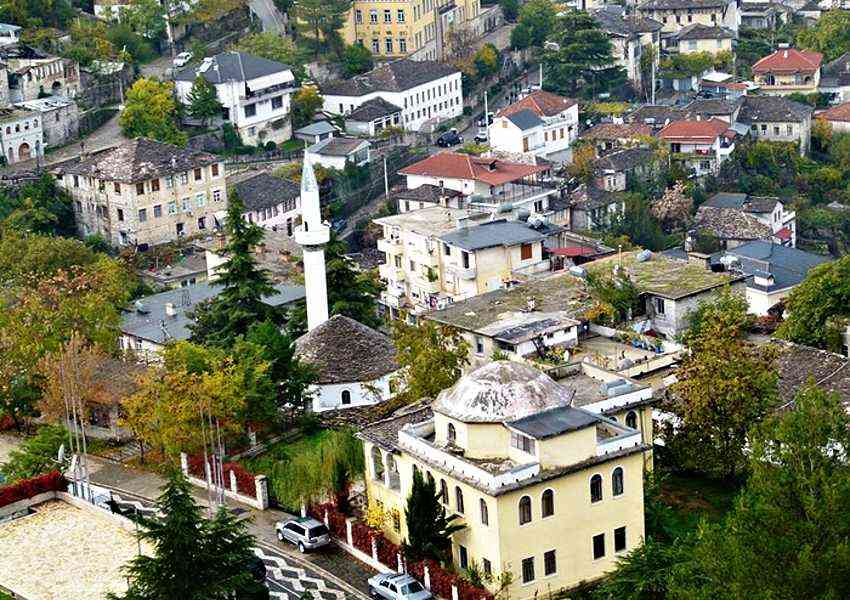
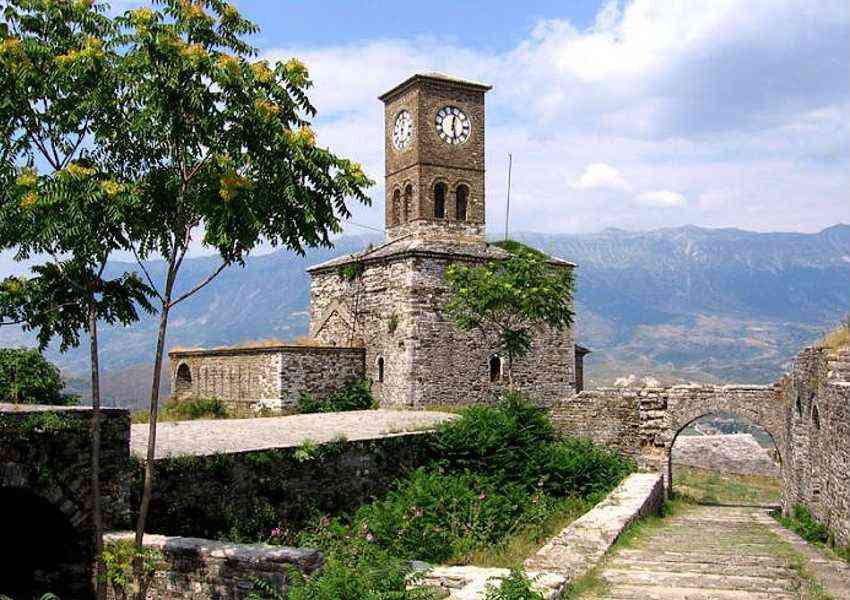
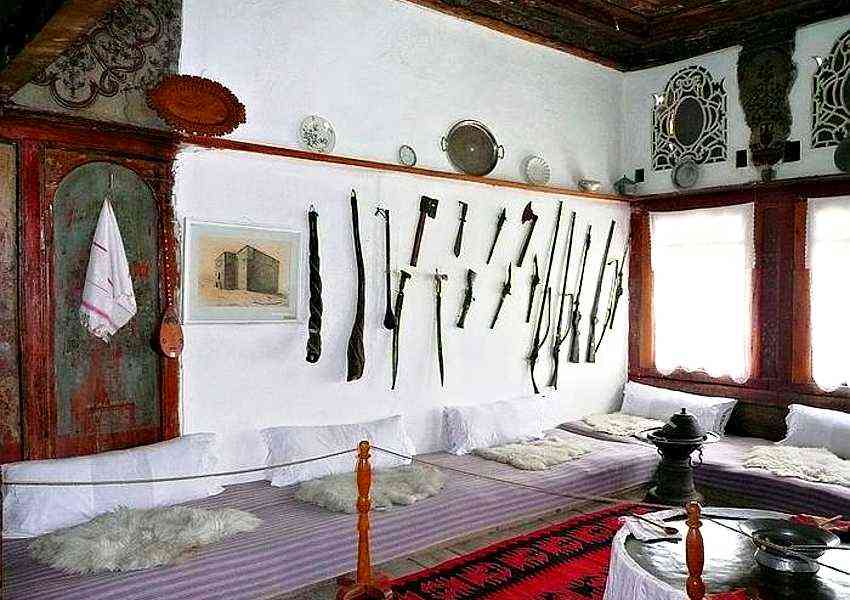
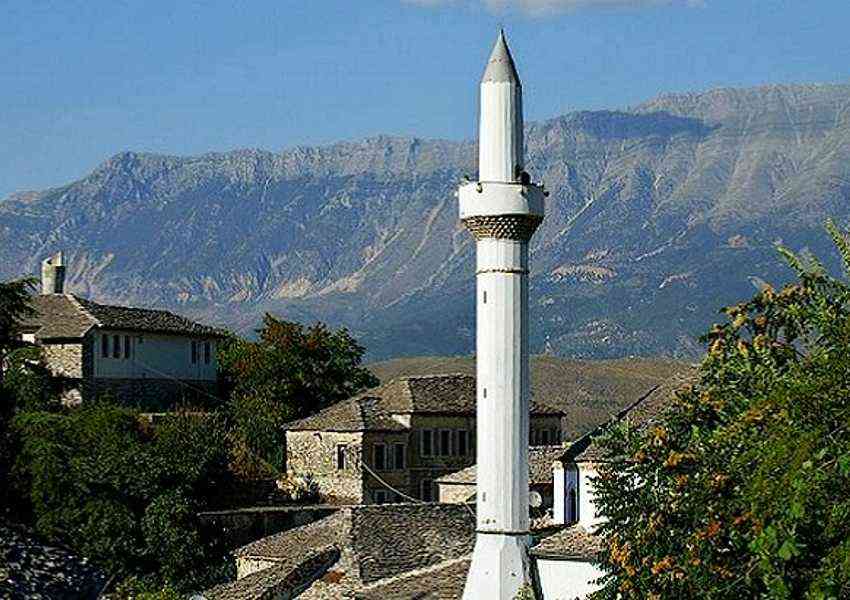
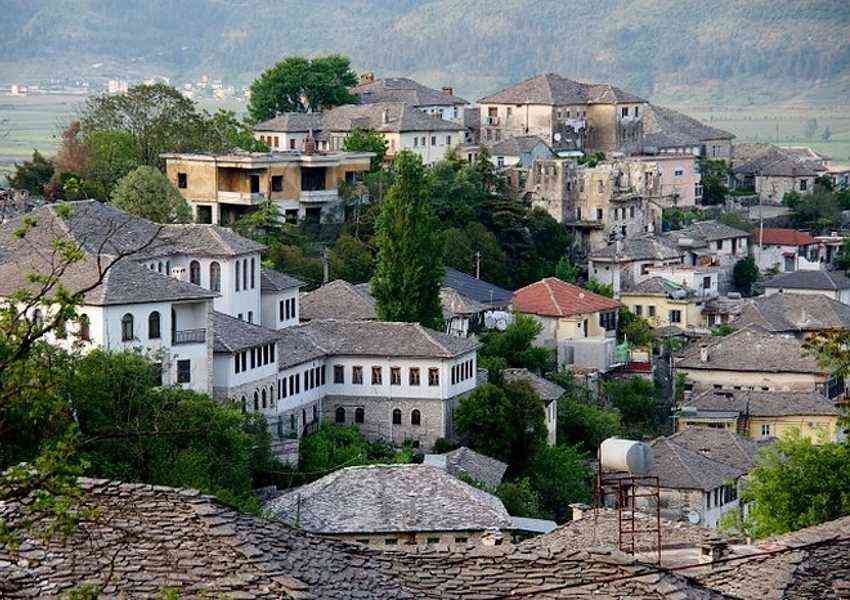
The fortress in Gjirokaster is an amazing place! The fortress is located right above the valley and to get to the castle you will have to climb to a height of more than four hundred meters. But what picturesque views will open up from the top! The whole city will be in the palm of your hand… Silver roofs, stone streets, old houses, ancient mosques and churches… all this gives the city a completely magical look and it seems that time has stopped or turned back in this place… The fortress in Gjirokaster is often called the «ship fortress». And indeed, if you look from above, the shape of the fortress really resembles a ship, there is even a mast! At the foot of the fortress is the very same Turkish bazaar, where you can buy numerous souvenirs from local craftsmen.
Gjirokastra is a city in southern Albania, in the Drina River valley. It is the administrative center of the region and district of the same name. The population is 22.8 thousand people. Gjirokastra has the status of a museum city, and is known as the birthplace of the Albanian communist leader Enver Hoxha. Wikipedia
For questions about purchasing real estate in Gjirokaster, please call: (Telegram, Viber, WhatsApp) +355 69 517-31-01
